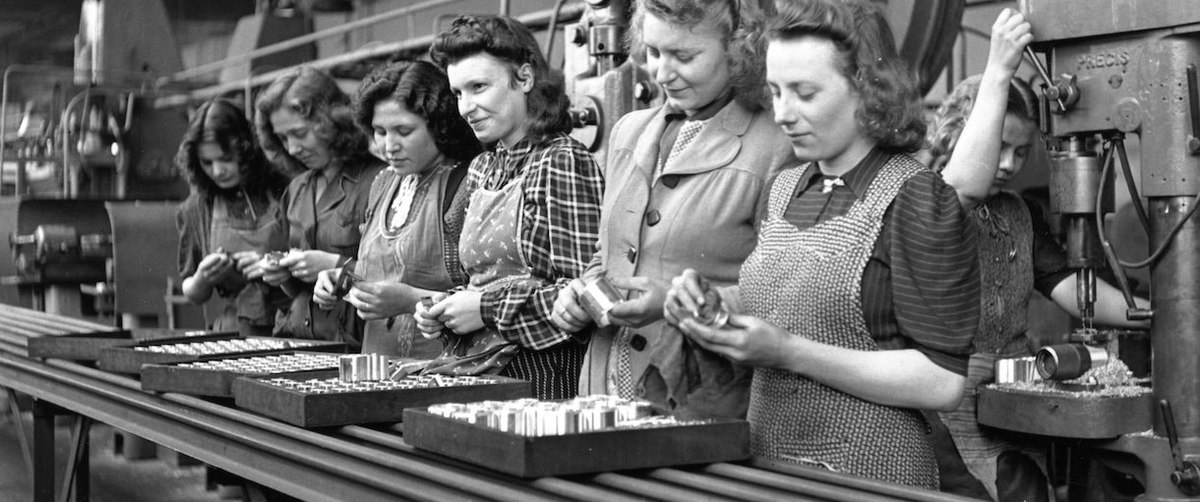How do Americans rate the highs and lows of United States history? A new survey asked Americans to evaluate 16 periods in U.S. history — from the Colonial Period to the present — by several criteria, including quality of life, political stability, global influence, and economic strength.
While no single era earns universal praise, Americans generally view the Reagan Era, the Clinton Years, and the Postwar Baby Boom more positively than others. The Great Recession and the Great Depression are the most commonly cited historical parallels to the present day. A caution: There is no broad consensus on when certain periods start and end, or their names, and our decisions on defining eras could have affected the results.
Quality of life
The historical periods that Americans are most likely to say included an excellent or good quality of life for Americans are the Reagan Era (57% say this), the Clinton Years (55%), the Postwar Baby Boom (51%), and the Counterculture Era (47%). These have all taken place in the last 80 years and include a majority of the years in that period.
Large majorities of Americans say life was terrible or poor for Americans during the Great Depression (85%) and the Civil War (71%), and many also say so about life during World War II (51%), the American Revolution (50%), and the Great Recession (49%).
Americans are about as likely to say present-day American life is excellent or good as to say it is terrible or poor (33% vs. 34%).
Republicans are far more likely than Democrats to believe that life for Americans was excellent or good during two periods with Republican presidents: the Reagan Era (82% vs. 35%) and the present (50% vs. 21%).
Democrats are far more likely than Republicans to think things were excellent or good for Americans during the Clinton Years (75% vs. 41%).
The survey also asked Americans which periods they think marked the highs and lows of American political stability, global influence, and economic growth.
Stability
There isn't much agreement on which of the eras asked about is the most politically stable: 18% of Americans say the Reagan Era, 15% say the Postwar Baby Boom, and 14% say the Clinton Years. Only 6% say the present.
There is more consensus on which period is the most politically unstable: 31% say it is the present, followed by 17% who say the Civil War.
The same shares of Americans say the country was most divided during the Civil War and the present (34% for each). Only 5% say the country is most united now; 20% say peak unity came during World War II and 19% during the Post-9/11 Era.
Global influence
Of the periods asked about, Americans are most likely to think the U.S. had the most influence in the world during World War II (14%), the Postwar Baby Boom (13%), the Reagan Era (13%), and the present (13%).
The Colonial Period is most likely to be seen as the period in which the U.S. had the least amount of global influence (23%), followed by the present (16%). No other period is named by more than 5% of Americans.
Economic growth
Few Americans agree with Donald Trump's positive beliefs about the U.S. economy during the Gilded Age: Only 3% of Americans think this period had the most economic growth, 3% think it had the strongest manufacturing sector, and 2% think it had the best trade policies.
The largest shares say the Postwar Baby Boom was the period in which the U.S. economy had the most economic growth (23%) and the strongest manufacturing sector (22%). The largest share say the best trade policy came during the Clinton Years (15%).
While the Counterculture Era is few people's idea of an economic standout, it's named by more Americans than any other era as the time of greatest social progress (21%).
Similarities to the present
Which periods in U.S. history do Americans think are most similar to the present one? Given a chance to select all similar eras, the largest shares say they see parallels between the present day and the Great Recession (28%) or the Great Depression (21%). Few see similarities with any era before the Civil War.
Democrats are more likely than Republicans to see similarities between the present and the Great Recession (37% vs. 20%) as well as the Great Depression (30% vs. 9%). Republicans are more likely than Democrats to see similarities to the Reagan Era (21% vs. 10%).
— Carl Bialik contributed to this article
See the results for this YouGov poll
Methodology: This article includes results from an online survey conducted April 9 - 11, 2025 among 1,139 U.S. adult citizens. Respondents were selected from YouGov’s opt-in panel to be representative of adult U.S. citizens. The sample was weighted according to gender, age, race, education, 2024 presidential vote, 2020 election turnout and presidential vote, baseline party identification, and current voter registration status. 2024 presidential vote, at time of weighting, was estimated to be 48% Harris and 50% Trump. Demographic weighting targets come from the 2019 American Community Survey. Baseline party identification is the respondent’s most recent answer given around November 8, 2024, and is weighted to the estimated distribution at that time (31% Democratic, 32% Republican). The margin of error for the overall sample is approximately 4%.
Image: Getty
What do you really think about President Trump, American politics in general, and everything else? Share your reality, join the YouGov panel, and get paid to share your thoughts. Sign up here.













